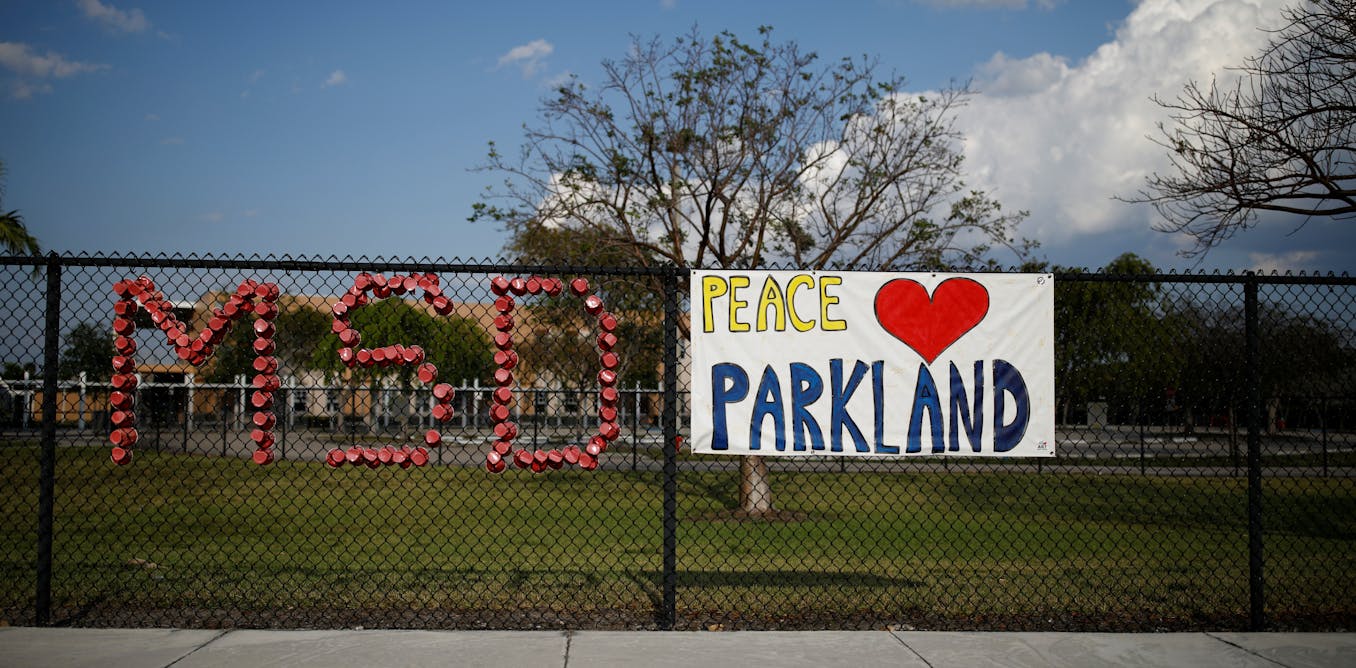Why there’s so much inconsistency in school shooting data

How many school shootings happen in the U.S. in a single school year? The answer is surprisingly hard to figure out.
In April, the U.S. Department of Education released a report on the 2015-2016 school year, stating that “nearly 240 schools (0.2 percent of all schools) reported at least 1 incident involving a school-related shooting.” However, the nonprofit Everytown for Gun Safety’s database lists only 29 school shootings for the same period.
When National Public Radio investigated the inconsistency, they found that 161 of the Department of Education’s 240 shootings either did not occur or could not be confirmed by the school districts involved. Similarly, the American Civil Liberties Union contacted each school that allegedly had a shooting and found that 138 of the reported shootings were errors.
So where does school shooting information come from? How could these counts be so far apart?
The laws on guns in schools
Students are legally prohibited from bringing guns to school. That means they can be in serious trouble, even if they never fire the gun.
The Gun-Free Schools Act of 1994 requires schools in any state receiving certain federal funding to implement a one-year expulsion rule for students who bring a firearm to school. Students found in possession of a firearm must also be referred to the criminal justice or juvenile justice system.
Each year, schools must report any firearm-related expulsions. Those can include shootings, but also firearm possession and other firearm crimes. Schools report firearm offenses like these to the Civil Rights Data Collection (CRDC), which is operated by of the Department of Education.
In a biennial survey, the CRDC asks schools and other public local educational agencies like charter schools: “For the regular (…) school year, not including intersession or summer, was there at least one incident at the school that involved a shooting (regardless of whether anyone was hurt)?”
The U.S. Department of Education used the results of this question to estimate the number of school shootings for 2015-2016.
Schools are expected to report any incidents that occur during school hours on school grounds. In addition to shootings, schools report the number of incidents that involved possession of a firearm, as well as the number of robberies, homicides, physical attacks and physical fights that involved a “firearm or explosive device.”
Room for error
A closer look at this survey shows why the U.S. Department of Education’s data was so inaccurate.
First, there are problems with the definition of the term “shooting.” Nowhere in the CRDC survey is that word clearly defined. Is it a shooting if a student has a gun that accidentally Continue reading: Why there's so much inconsistency in school shooting data



